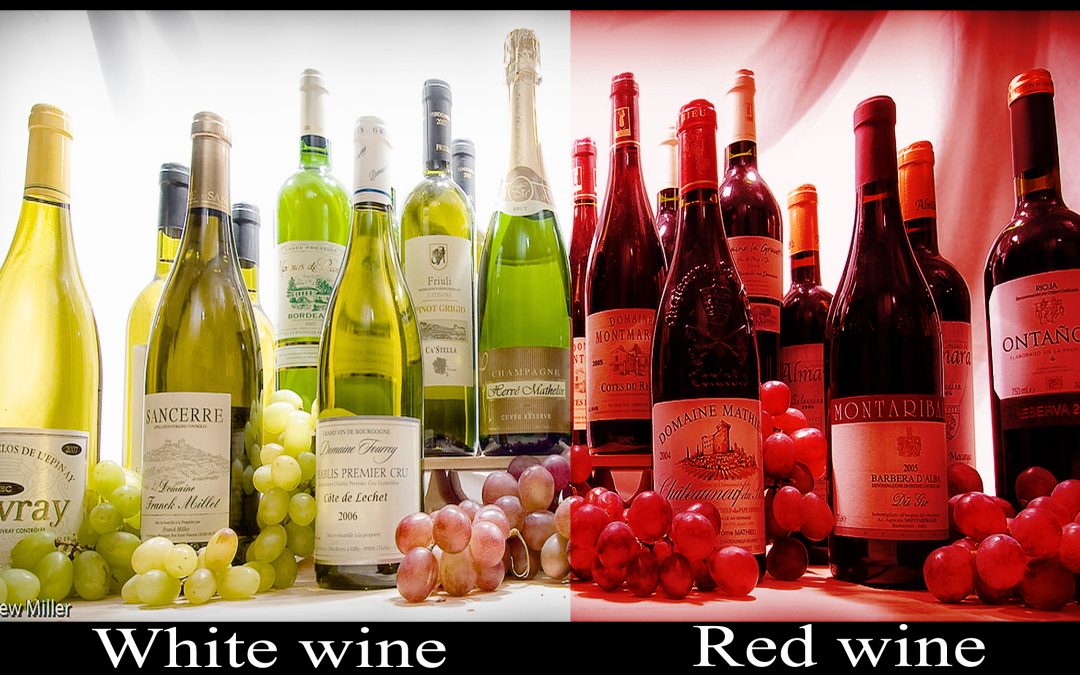and as much as I’d love to tell you “the higher the better!”, in reality it’s quite the opposite. Of course, how low is low? Let’s take a look at 6 traits of wine and their benefits.
1. Low alcohol wines

It should be low alcohol (or none at all!). A study from 2012 suggested that the less alcohol the better. The study tested blood pressure levels in people with a high risk for cardiovascular disease who drank red wine, gin, and non-alcoholic red wine. The non-alcoholic red wine significantly reduced blood pressure levels! This suggests that the lower the ABV, the better.
2. Deep dark red wines
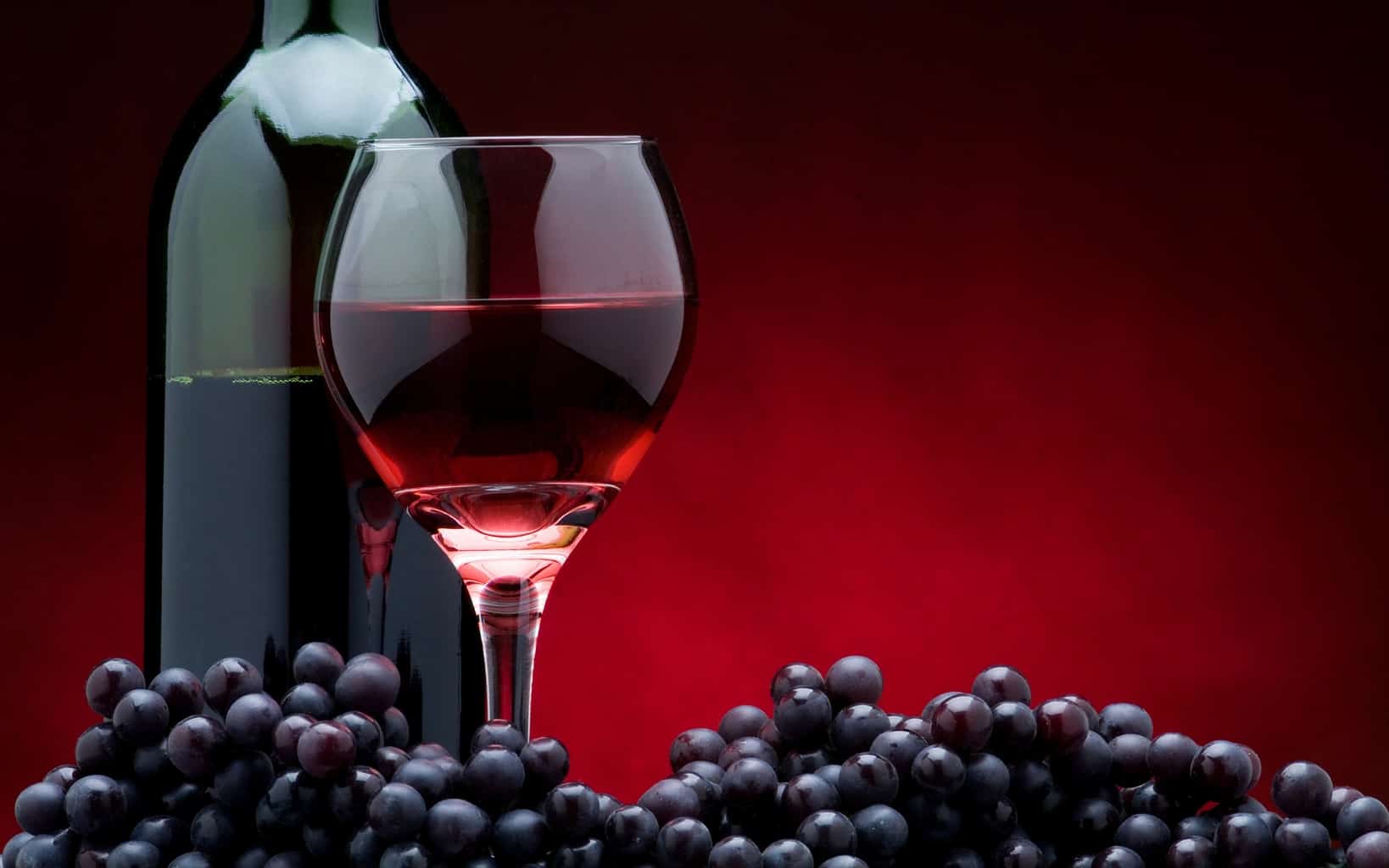
Anthocyanin. Anthocy-who? Anthocyanin is the red color and antioxidant found in many plants, from orchids to blueberries, and red wine grapes. Of course, not all red wines are equal, some have more anthocyanin than others.
- Examples of wines low in anthocyanin
- Pinot Noir
- Zinfandel
- Gamay Noir
- Grenache
- Examples of wines high in anthocyanin
- Merlot
- Petite Sirah
- Tannat
- Sagrantino
- Touriga Nacional
- Aglianico
3. Bitter, high tannin wines
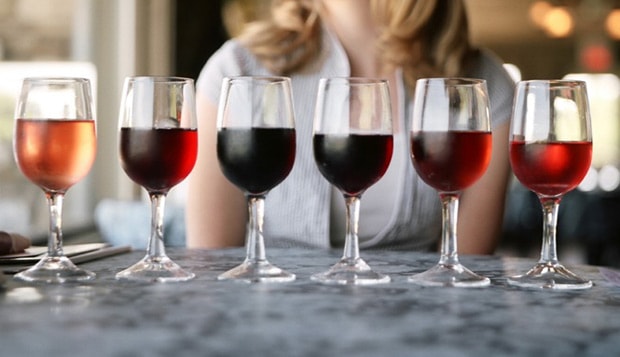
Tannin is the bitter stuff in wine that makes the insides of your mouth stick to your teeth, it’s also commonly noted in tea or walnut skins. Tannin is a powerful flavonoid, which is a type of antioxidant, that comes from grape skins, grape seeds, and oak barrels.
4. Dry wines
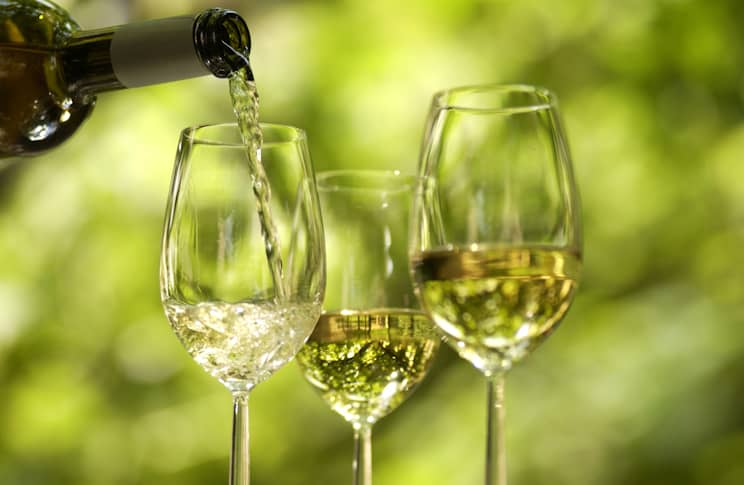
Wines that are not sweet are carbohydrate free.
5. Youthful wines
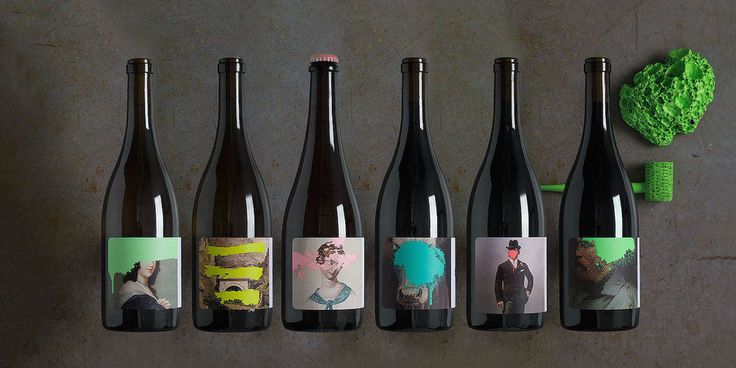
A research group in China found that red wines lost nearly 90% of their anthocyanin content after just a few months of aging. Who would have thought that young wine is better for us than vintage wine!
6. High acidity wines
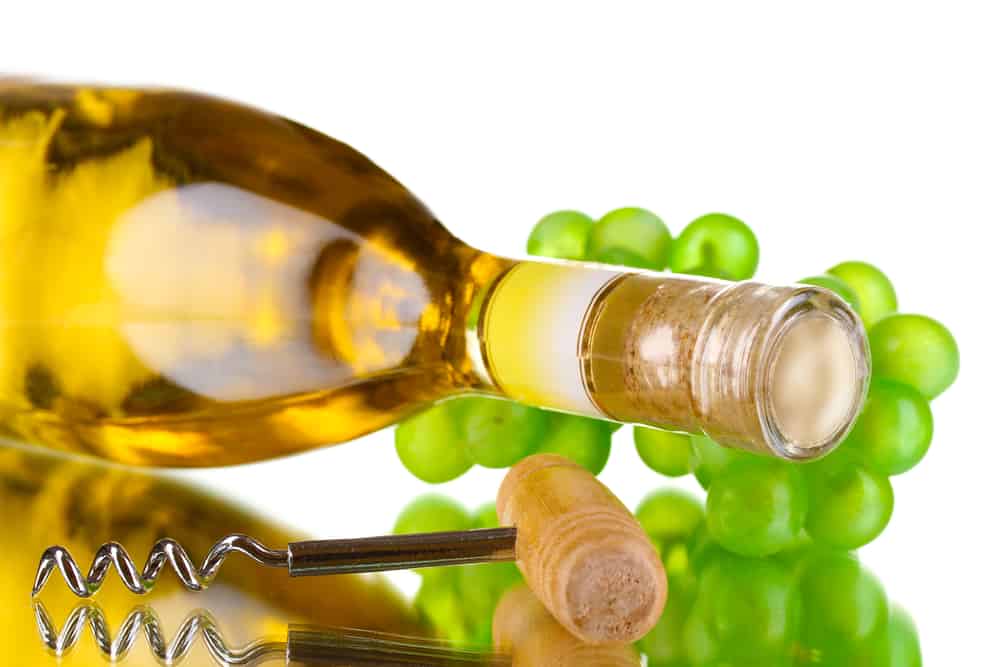
A group of scientists studying Cabernet Sauvignon grapes in Brazil noted that anthocyanins appeared to be the most stable at low pH levels (high acidity). The most stable wines were at or below 3.2 pH which, by the way, is pretty darn acidic for red wine. However, humans appear to absorb nutrients better when their bodies are a bit basic (aka alkaline or lower acid).

